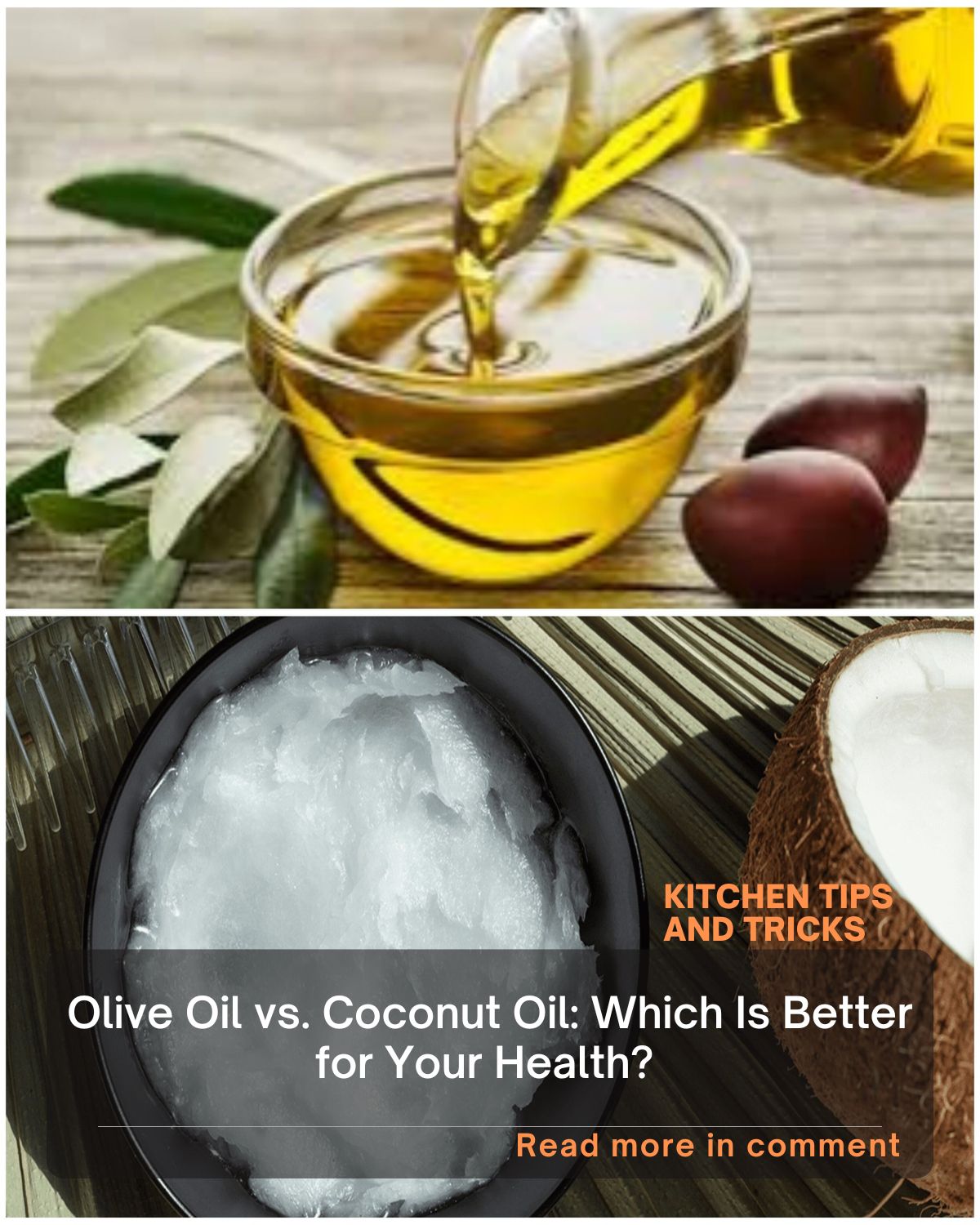
Green vegetables such as water spinach, spinach, chayote, squash, etc., when stir-fried and turned red or dark will make the dish less attractive and less delicious. Looking at the plate of green, soft and shiny stir-fried vegetables on the tray, everyone will want to eat it. To keep this green color, remember the following tips:
Prepare until the vegetables are dry and stir-fry
Remember to pick up rotten vegetables, wash them, and let them dry. When washing, avoid crushing the leaves.
If the vegetables are too watery, stir-frying for too long will cause the vegetables to become dark and not green. When finished washing, put the vegetables in a thin basket and pat dry. Especially if it is a type of vegetable that needs to be crispy, the dry vegetables will be crispy when stir-fried, while the vegetable juice will be soft and mushy.
Prepare stir-fry ingredients
When stir-frying vegetables, you need to stir quickly and do it quickly so that the vegetables will cook evenly and not turn black or become mushy. Therefore, you need to prepare spices and sauces next to the stove so that you can quickly stir-fry. Therefore, the necessary spices such as sauce, garlic, onions, must be ready, pre-sliced, just add in when stir-frying…
Stir-fry over high heat
When stir-frying, remember to heat the pan and then turn on the stove to the highest heat setting. To determine whether the pan is hot enough or not, add 1 – 2 drops of water and see the water evaporate within 1 to 2 seconds after contact, the pan will be heated and ready to stir-fry. Don’t make the pan too hot as it will cause a burning smell to stick to the food.

Stir-frying requires quick hands, so you need to prepare all the ingredients and spices before stir-frying
Stir-frying operation:
– When the pan is hot, pull the pan to the edge of the stove to avoid the highest heat level, then add cooking oil.
– Then lift the pan so that the oil evenly covers the surface of the pan. When you add oil and see smoke, it means the pan is too hot, lower the heat to cool a bit.
– Add chopped garlic and onion and stir-fry in the oil pan until fragrant. Use chopsticks or a cooking spatula to push the garlic up the side of the pan and then drop the vegetables in.
– Add salt and stir-fry noodles quickly for about 2 minutes. Add sauce or clean water around the edge of the pan (Remember to pour it around the edge of the pan, not into the middle of the pan as it will cool down the pan quickly so the vegetables won’t turn green).
– Then stir more so that the vegetables absorb the stir-fry sauce. You can cover the lid but not for long, just open the lid for about 20 seconds and stir-fry until the vegetables are cooked. Avoid stir-frying the vegetables unevenly, as the areas where the vegetables are not heated enough will turn black.
Determine the appropriate quantity for the pan size
That’s why each time you only stir-fry the right amount in the pan so they can best absorb the heat. Please note that the stove is suitable for the pan. For example, industrial gas stoves can offer large pans, but home stoves only stir-fry with medium pans. The phenomenon of low heat causing the vegetables to slowly cook will make the vegetables not crispy, and will darken the vegetables, especially spinach. When stir-frying, remember to stir well and quickly so that the vegetables cook evenly and have even heat without browning.
Blanch vegetables before stir-frying
Some vegetables can be blanched before stir-frying, such as water spinach, beans, and sweet potato because they have a lot of sap and will turn black, so you can blanch with salted boiling water, then drain and stir-fry.





